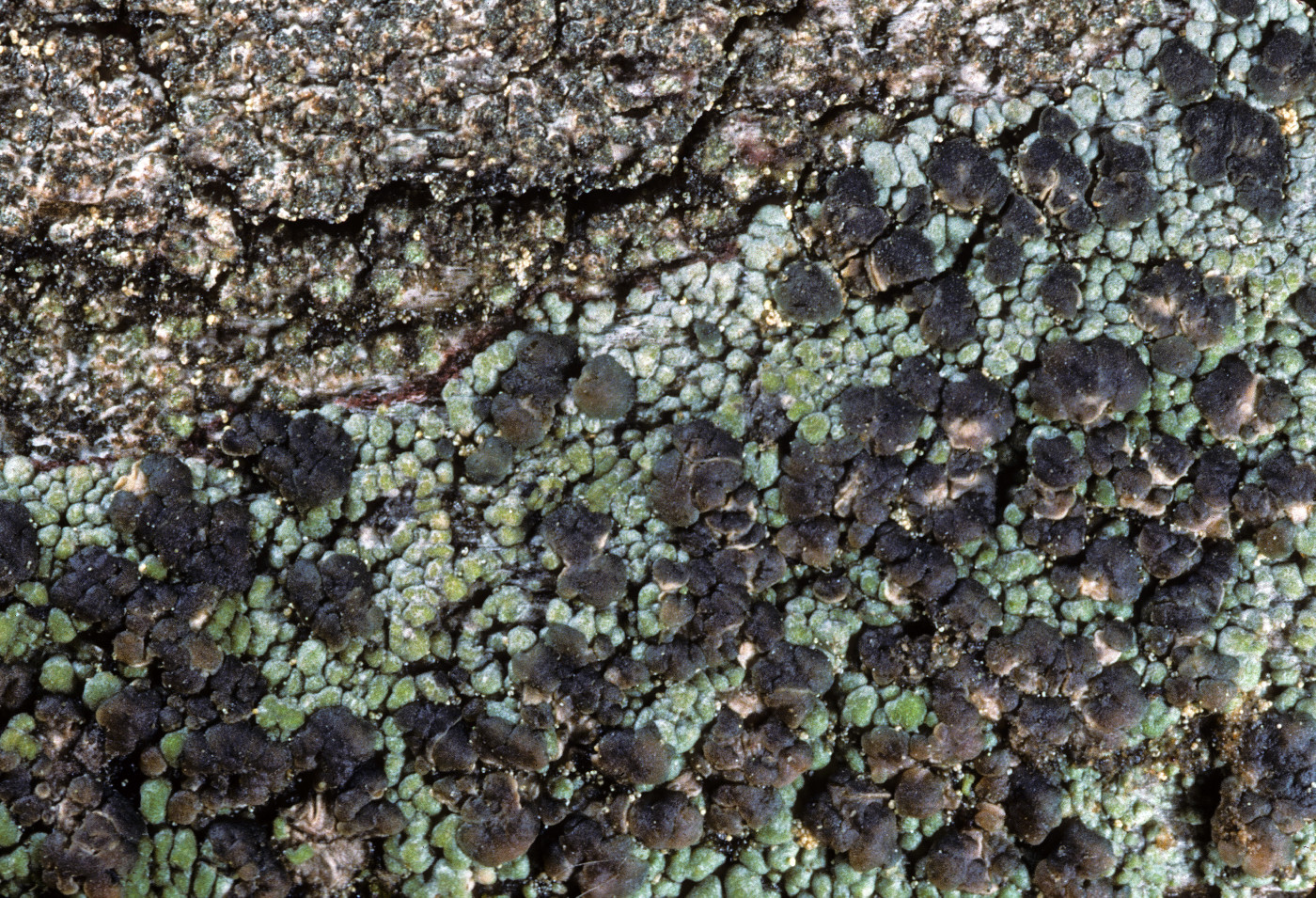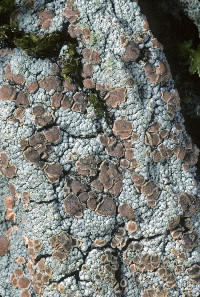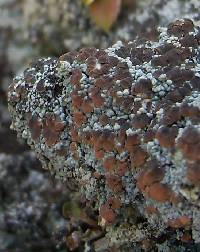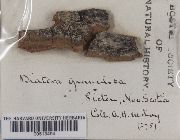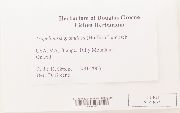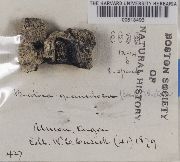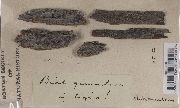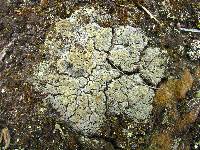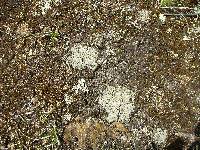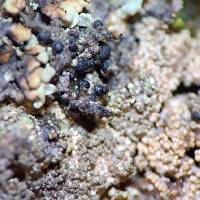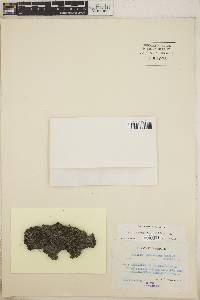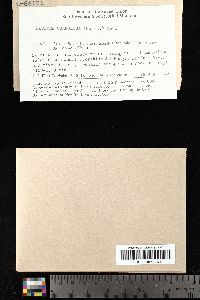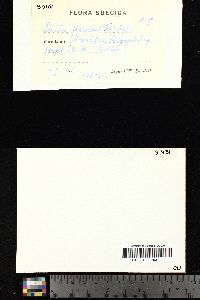
Consortium of Lichen Herbaria
- building a Global Consortium of Bryophytes and Lichens as keystones of cryptobiotic communities -
- Home
- Search
- Images
- Species Checklists
- US States: O-Z >
- US National Parks
- Central America
- South America
- US National Parks
- Southern Subpolar Region
|
|
|
|
Family: Trapeliaceae
[Biatora decolorans (Hoffm.) Fr., moreBiatora decolorans var. decolorans (Hoffm.) Fr., Biatora granulosa (Hoffm.) Flot., Biatora granulosa f. granulosa (Ehrh.) Flot., Biatora granulosa var. granulosa (Ehrh.) Flot., Biatora viridescens var. sapinea Fr., Helocarpon granulosum (Hoffm.) M. Choisy, Helocarpon granulosum f. granulosum (Ehrh.) M. Choisy, Helocarpon sapineum (Fr.) M. Choisy, Lecanora granulosa (Hoffm.) Ach., Lecanora granulosa var. granulosa (Ehrh.) Ach., Lecidea decolorans (Hoffm.) Flörke, Lecidea decolorans f. fusconigra Nyl., Lecidea decolorans subsp. decolorans (Hoffm.) Flörke, Lecidea decolorans var. decolorans (Hoffm.) Flörke, Lecidea decolorans var. quadricolor (Dicks.) Branth & Rostr., Lecidea granulosa (Hoffm.) Ach., Lecidea granulosa f. aporetica Ach., Lecidea granulosa f. fusconigra (Nyl.) Th. Fr., Lecidea granulosa f. glomerata Erichsen, Lecidea granulosa f. granulosa (Ehrh.) Ach., Lecidea granulosa f. hilaris (Nyl.) Blomb. & Forssell, Lecidea granulosa subsp. granulosa (Ehrh.) Ach., Lecidea granulosa var. granulosa (Ehrh.) Ach., Lecidea quadricolor (Dicks.) Borrer, Lecidea sapinea (Fr.) Zahlbr., Lecidea sapinea f. sapinea (Fr.) Zahlbr., Lecidea sapinea var. sapinea (Fr.) Zahlbr., Lichen quadricolor Dicks., Patellaria decolorans Hoffm., Trapelia granulosa (Hoffm.) V. Wirth, Verrucaria decolorans (Hoffm.) Hoffm., Verrucaria granulosa Hoffm.] |
Nash, T.H., Ryan, B.D., Gries, C., Bungartz, F., (eds.) 2004. Lichen Flora of the Greater Sonoran Desert Region. Vol 2. Thallus: crustose, warted-areolate areoles: isodiametric in outline or irregularly incised, 0.1-0.45 mm in diam., moderately to strongly convex surface: pale grayish green, more rarely dark green or with an ochre or beige tinge, dull, usually sorediate upper cortex: poorly developed, 5-15 µm thick; algal layer: 40-130 µm thick medulla: 20-50 (-100) µm thick, sometimes lacking soralia: irregular in outline, often confluent, usually of same color as esorediate thallus parts or lighter and with pinkish beige tinge, (0.15-)0.4-0.7 mm in diam.; photobiont: 4.5-10 µm in diam. Apothecia: ±flexuose in outline, rarely rounded, sessile with a constricted base or slightly appressed, 0.4-0.95(-1.5) mm in diam disc: very variable in color, pinkish ochre to gray-brown, often with a bluish tinge or khaki, rarely black, dull, epruinose, flat to weakly convex margin: prominent when young, persistent but often ±level with disc in old apothecia, dull exciple: hyaline or grayish brown near margin, grayish or brown within, laterally 30-100 µm wide, basally 40-75 (-120) µm wide, composed of densely entangled, short-celled hyphae with lumina of 1-3 µm in diam.; epihymenium: 10-20 µm high, mostly poorly delimited against hymenium, pale gray, ochre or orange-brown, rarely olive-brown hymenium: pale ochre or hyaline, 50-70 µm tall; paraphyses: hyaline, strongly branched and anastomosing, lumina 1-2 µm, apically 1-2.5 µm wide; subhymenium: 20-65 µm high; hypothecium: hyaline to pale orange brown, 10-75 µm high ascospores: usually more abundant than in T. flexuosa, hyaline, simple, (9-)10.9-13(-15) x (4-)4.6-6.4(-7) µm Pycnidia: not seen Spot tests: thallus K-, C+ red, KC+ red, P-, UV- Secondary metabolites: gyrophoric acid. Substrate and ecology: on rotting or charred wood, conifer bark, and detritus World distribution: more or less cosmopolitan Sonoran distribution: in oak and conifer forests of Arizona and southern California at 1900-3500 Notes: When sterile, the distinction from T. flexuosa can be difficult to recognize. See under that species for distinguishing characters. |
|
|
|
Powered by Symbiota

